Teaching computers to read
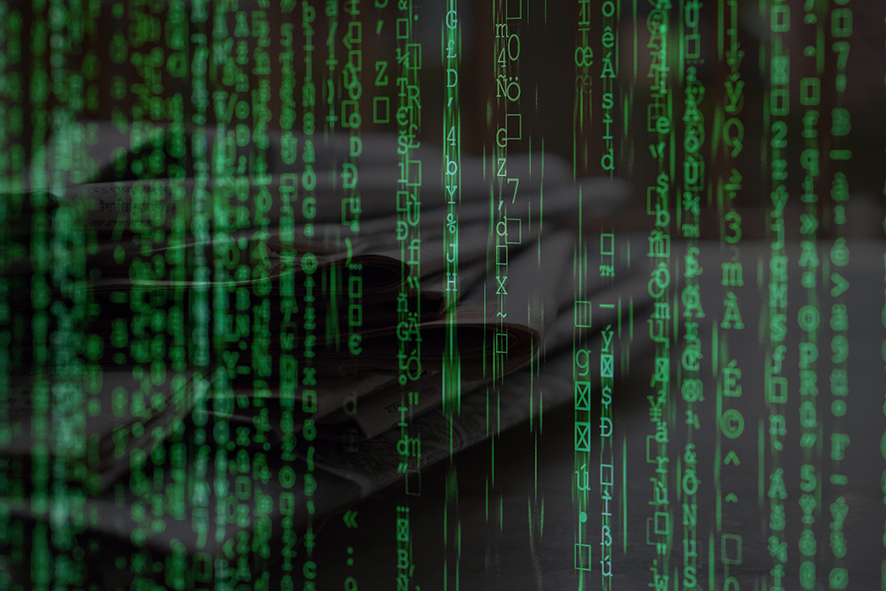
...put HALF a Mini car at top of the 'Nuneaton nipple' - but why?” Coventry Live “Drivers are angry at queues of 'more than two hours' to get out of...

...put HALF a Mini car at top of the 'Nuneaton nipple' - but why?” Coventry Live “Drivers are angry at queues of 'more than two hours' to get out of...
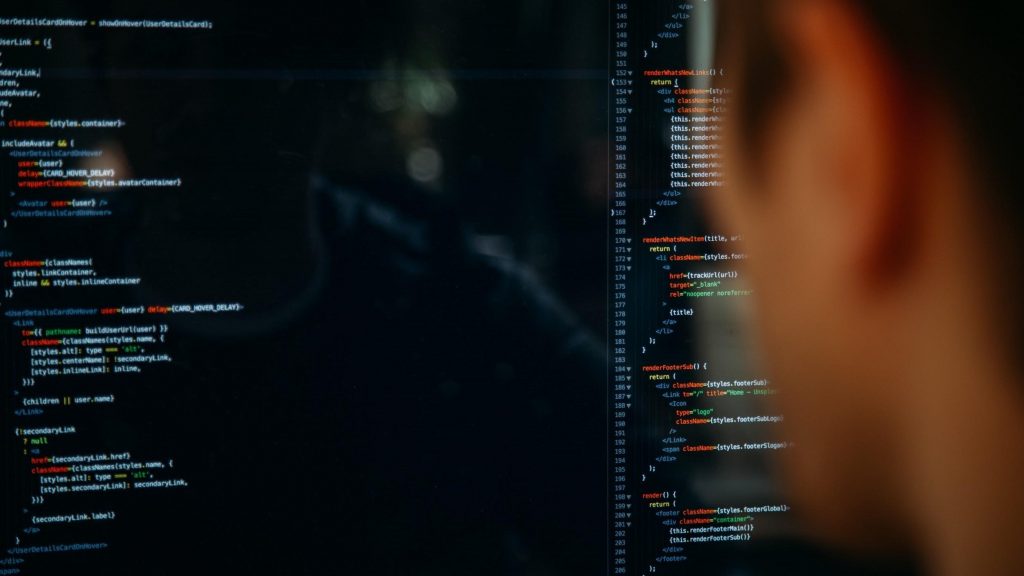
Photo by Charles Deluvio on Unsplash One of the great things about working at the Department for Transport (DfT) is that it’s a really outward-facing department. During my 3 years...
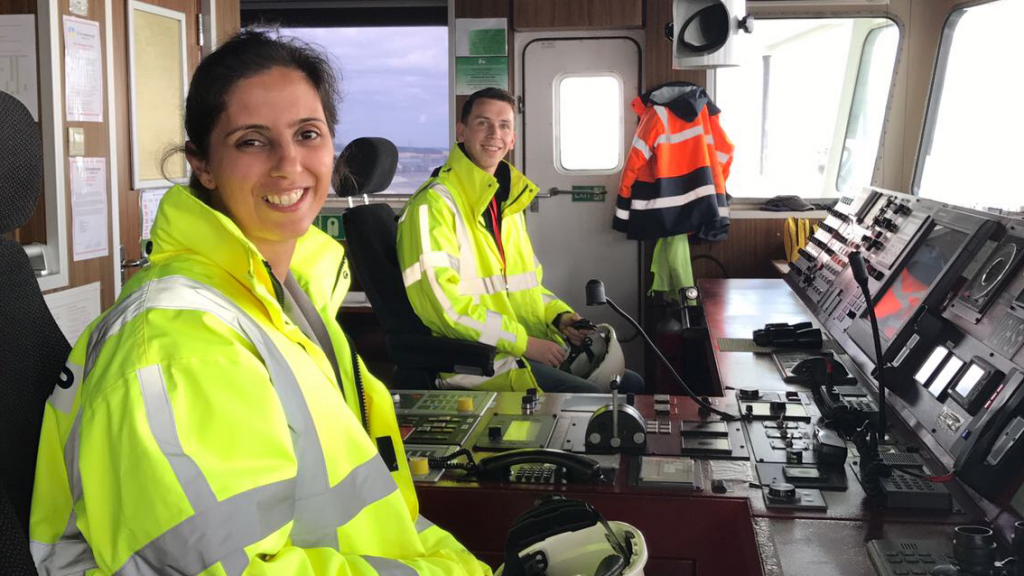
...be top of their priority list, there are frustrations with the existing process. This suggests opportunities to reduce the burden, even if we can’t remove it completely. The website that...

...has just passed its first GDS service assessment. It’s been a fantastic collaborative approach, and for me shows the value of Architecture. It’s been a great start to my tenure...
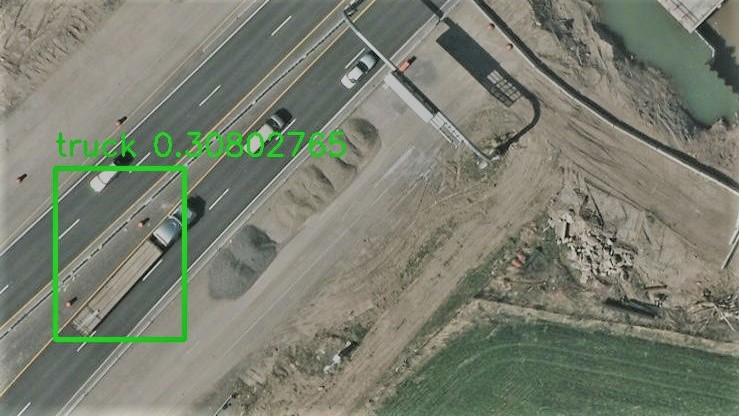
I've been working with DfT Lab on a four week project looking at innovative methods of getting traffic data.
My name is Gemma Currie and I’m an apprentice on the Civil Service Fast Track Apprenticeship Scheme.
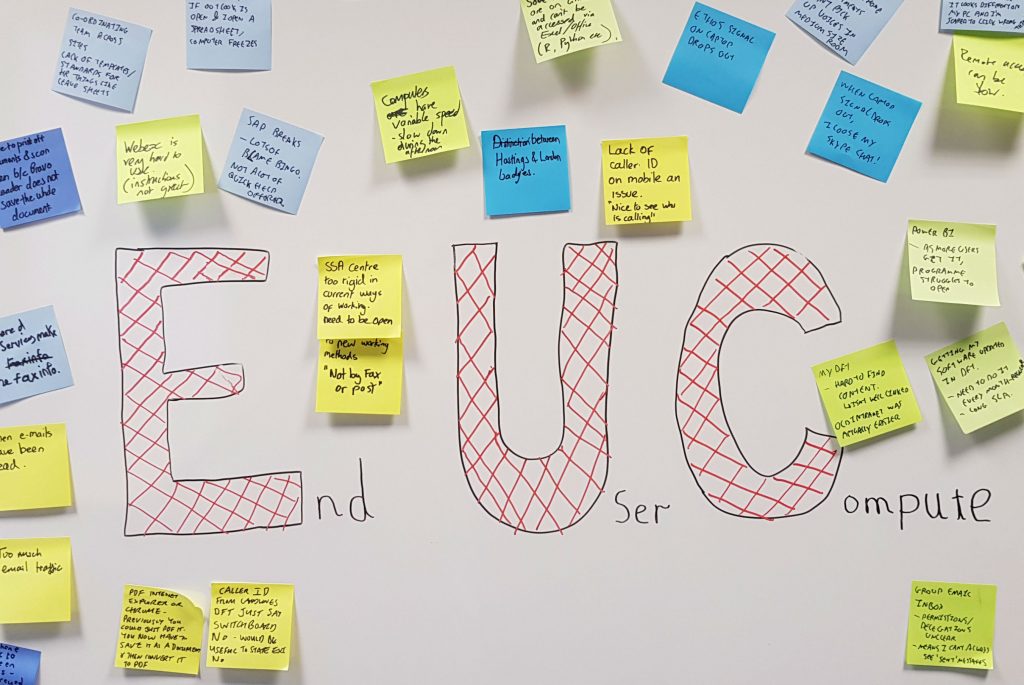
I’m Alan Rider, Delivery Manager for the Department for Transport End User Compute Discovery.
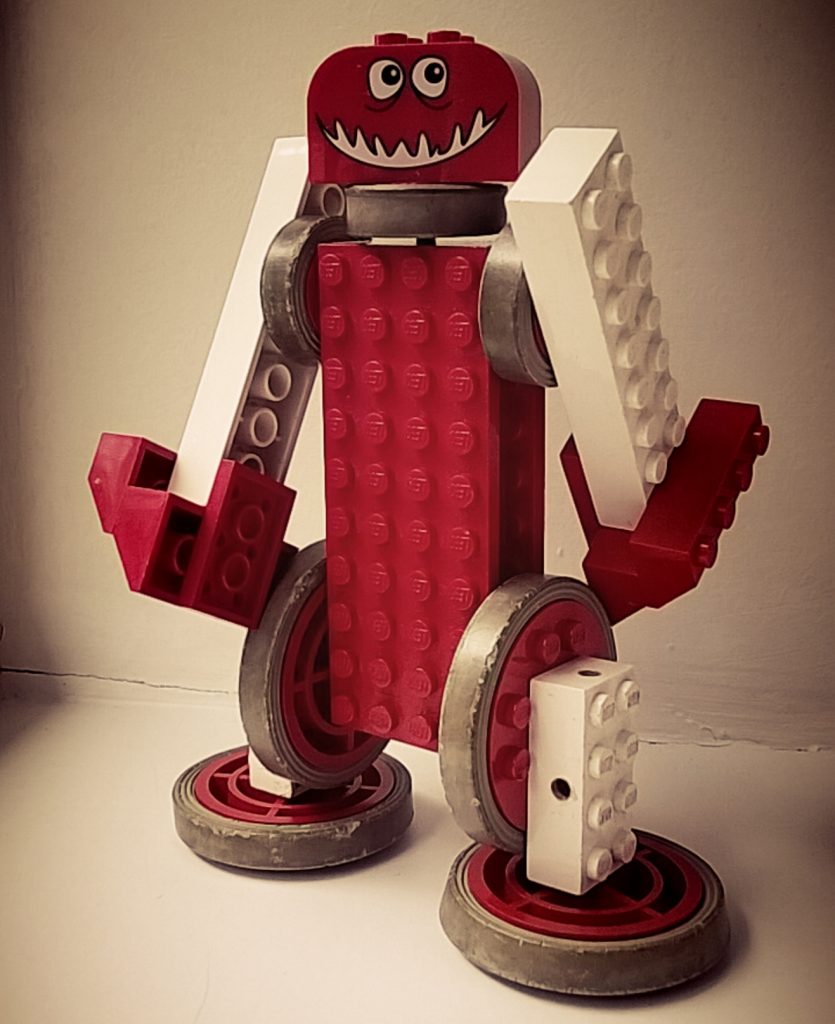
I’m Howard Pang, an apprentice developer in the Department for Transport Digital Service, and part of the newly formed DfT Lab.
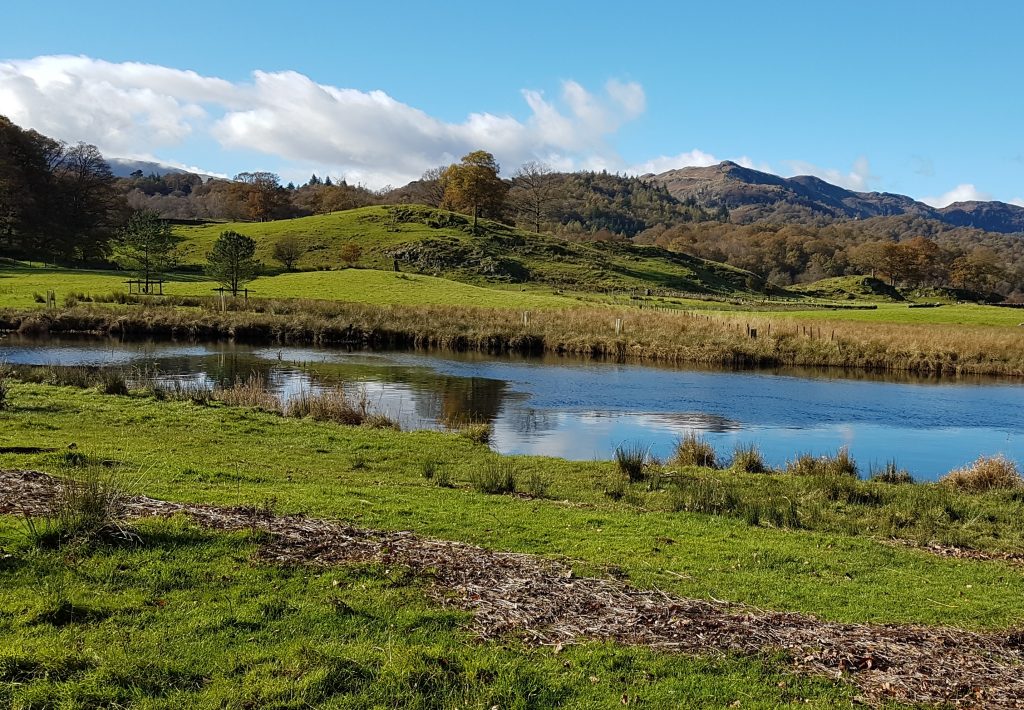
As newly appointed smart working champion for DfT I’m quickly getting used to being asked to define what smart working is.
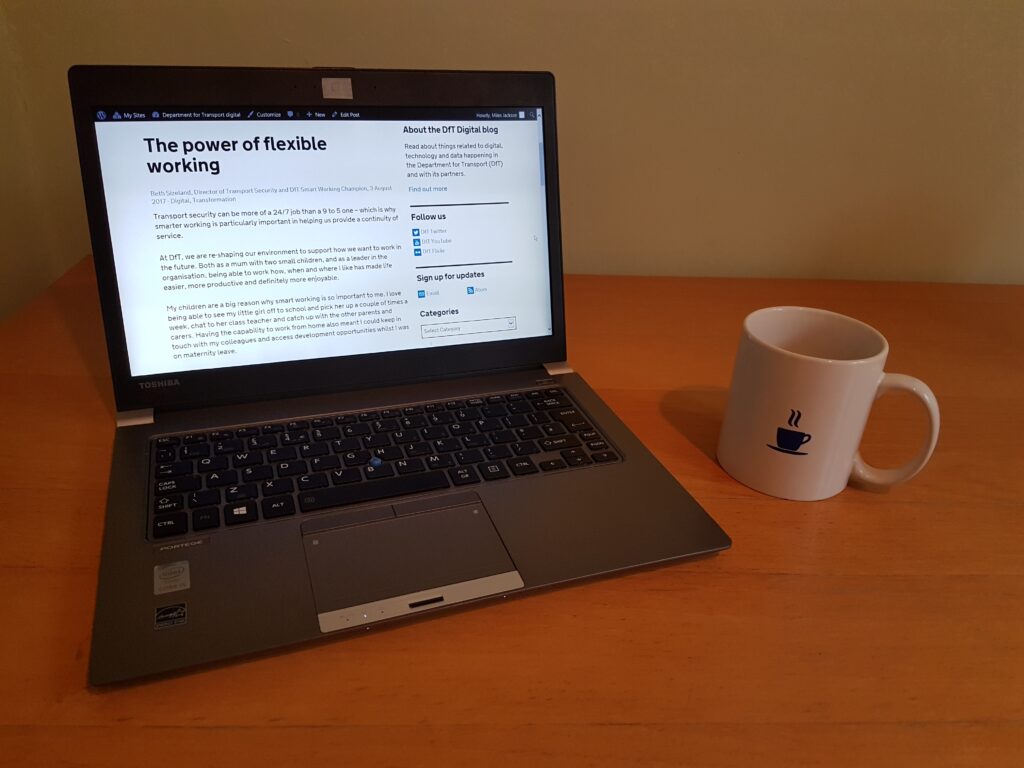
Transport security can be more of a 24/7 job than a 9 to 5 one – which is why smarter working is particularly important in helping us provide a continuity of service.